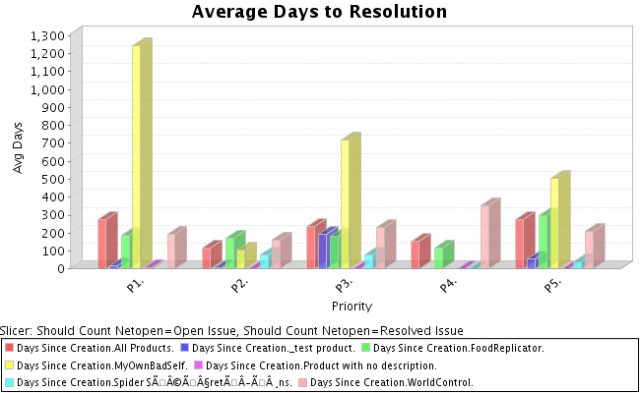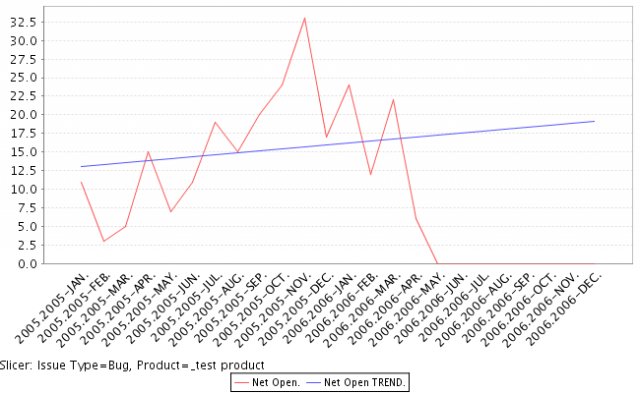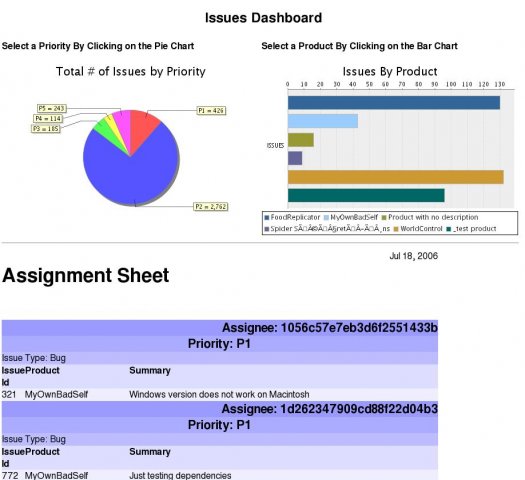One of the things I love to do, is connect with fellow bloggers and chat over mutual interests. It sounds silly, since there are like 100 million blogs or something, but there’s a certain camaraderie and shared identification amoungst bloggers. I’ve always had fantastic meetups from the UK to OZ to the good ole USA.
While in Sydney I had the good fortune to connect with the folks behind the product, BI Documenter. John, Richard, and Cyril are the principals involved in building what looks to be a sweet little product. It’s a great concept: collect and process the metadata from SQL Server, MSAS, Integration Services, Reporting Services and build some useful documentation about your BI Solution.
They have a live set of these docs here: http://www.bidocumenter.com/Sample/Index.htm
but here’s a snapshot of the main table of contents once its done its slurping.
How many times have we wanted shoot ourselves when the business users ask some simple, straightforward questions about their reports because we’ve explained it about one hundred times. Does net sales take into account product returns? If you’re a MSFT (grumble) solution, you don’t have to answer these questions again and again and again and again. You can provide documentation that will provide these answers for your users. From what I saw, the navigation will be very familiar and similar to a “Help” system.
I can’t tell you how many more times the $$ of their license I would pay to have this for past Oracle engagements. If you’re a MSFT shop, definitely check them out. They even have a FREE VERSION which works on just one data source (SQL Server).
Disclosure: I haven’t used it, and probably won’t because my day to day life keeps me in non-MSFT BI land.





